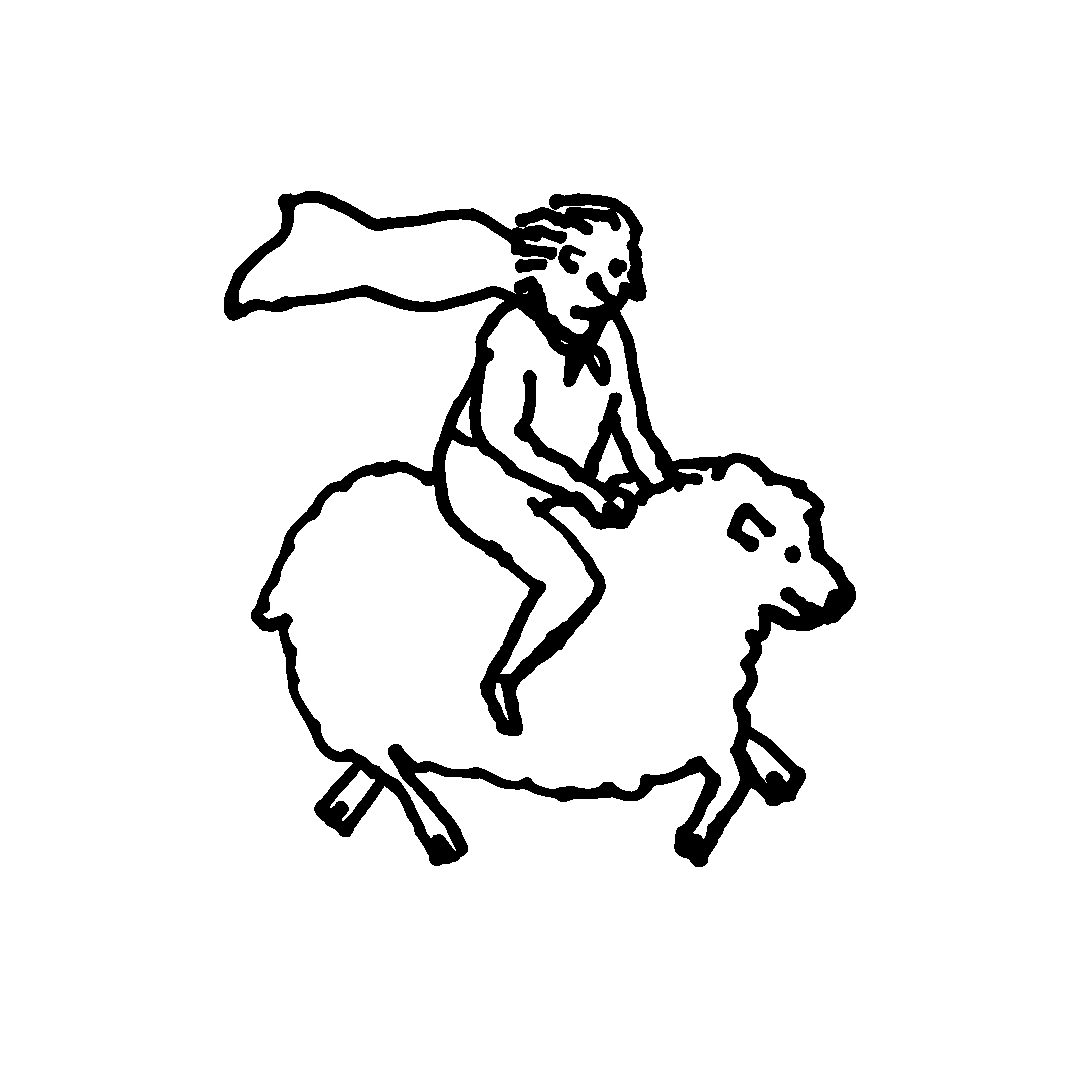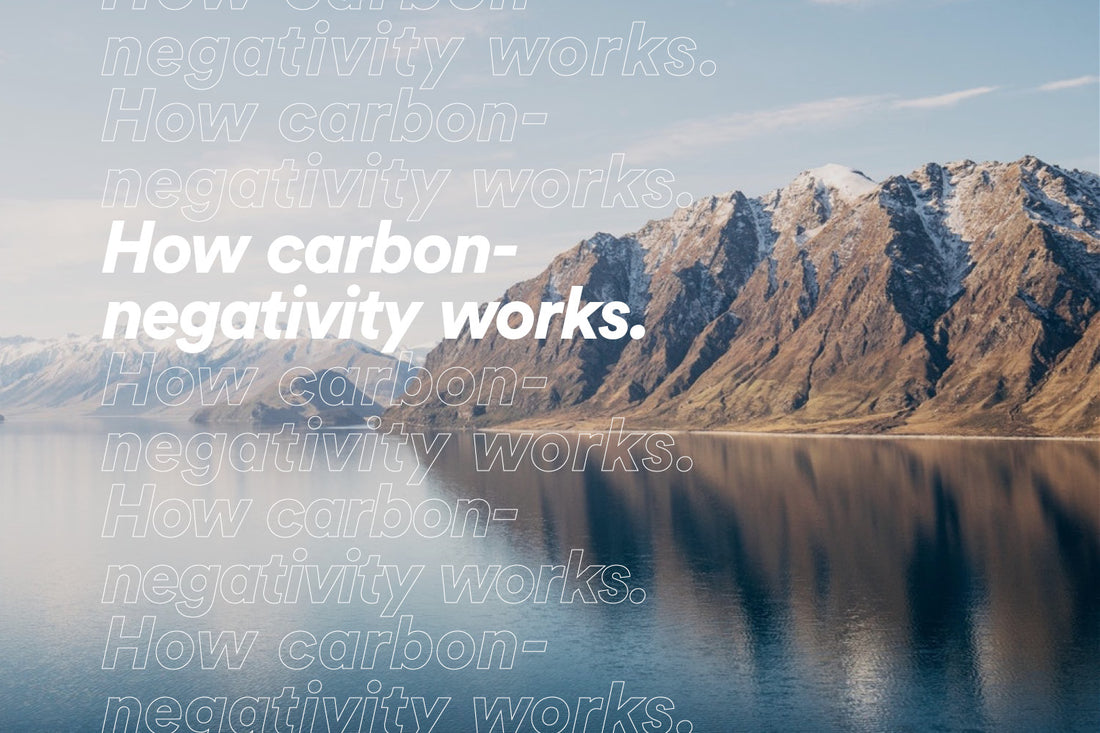The fashion industry is one of the most polluting out there. A wolf, eating up the planet. And if things go on as they are, by 2050 fashion will be responsible for a quarter of the world’s carbon emissions. Things have to change. ‘Sustainable’ doesn’t cut it. Carbon-neutrality? Not good enough. We need to start fixing things. Now.

That’s why we invest 5% of our revenue into biodiversity projects that mitigate ten times over the carbon-dioxide impact of your sweater (and your sheep). Making us the first carbon-negative fashion brand on earth.
Project investments are divided across three areas.
First, we invest in our direct supply chain. This means investments in biodiversity projects on the farms we work with. All projects are carefully chosen with the farmers, and include rewilding, cleaning waterways, planting trees and protecting local wildlife.
Second, we invest in projects that help places our industry has affected. To benefit areas of the world that have been negatively impacted by fashion or agriculture.

Finally, we set aside funds for projects to help places that, because of extreme weather events, more and more common due to the climate crisis, are in sudden and dire need of help. We want to be able to be agile in deploying funds.
All of our non-farm projects are selected with our sustainable partners, Natural Capital Partners. And then vetted by an independent panel of climate crisis experts that includes Professor Mark Maslin, head of climatology at University College London.

The future.
Of course, offsetting isn’t the solution. It’s just the best thing we can do right now. Our real goal is to become naturally carbon-negative. The way we do that? Making sure our suppliers naturally offset more than they produce. The main CO2 impact, in our case, still comes from the methane produced by the sheep. But. A lot of the farms who supply our wool are adopting new regenerative farming methods that allow their land to become giant carbon sinks that offsets the methane. A few of them are already carbon-neutral. And in one case already carbon-negative. Our aim is to eventually only use wool from farms that are run this way. Meaning a naturally carbon-negative supply chain.
All of this won’t fix the climate crisis. But it will help.


